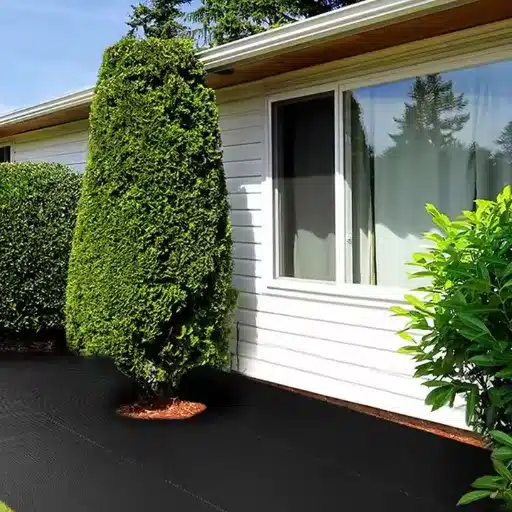
Considered one of a gardener’s adversaries are weeds. These unwanted plants choke off your desired plants while sucking nutrients away […]
Nonwoven Geotextiles is a leading manufacturer and supplier of nonwoven geotextile fabric in China, delivering dependable, high-quality solutions for construction and environmental sectors. Our nonwoven geo fabric, including geotex nonwoven and nonwoven drainage fabric, offers exceptional durability, permeability, and expert craftsmanship, surpassing industry standards. Nonwoven Geotextiles ensures operational efficiency and maximum customer satisfaction. Trust Nonwoven Geotextiles for versatile applications and innovative solutions tailored to your specific preferences and needs.
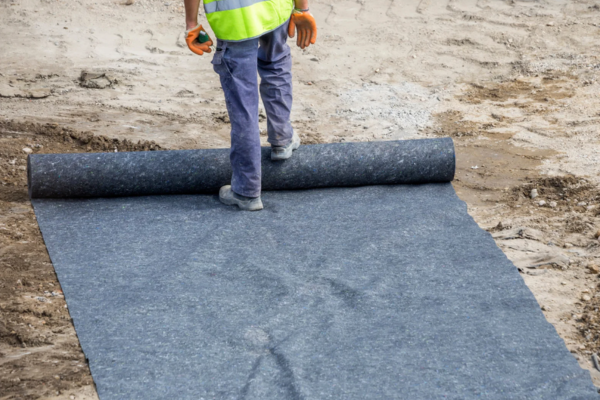
The use of bonded or needle-punched synthetic fibers for filtration and stability produces nonwoven geotextiles. Such products improve soil reinforcement through better drainage and erosion control. They are important in construction, landscaping, and environmental works because of their durability, flexibility, and most importantly, reliability.
Because nonwoven geotextiles have a high permeability for drainage filtration, are easy to use, resistant, highly flexible, provide dependable soil stabilization, and are strong, they are perfect for construction, landscaping, and environmental initiatives.
Nonwoven geotextiles effectively allow water to pass while retaining soil particles, ensuring optimal drainage.
Made from robust synthetic fibers, they resist degradation, offering long-term performance in harsh conditions.
Their adaptable structure conforms to various terrains, facilitating easy installation in diverse projects.
They provide consistent support by preventing soil erosion and improving ground stability.
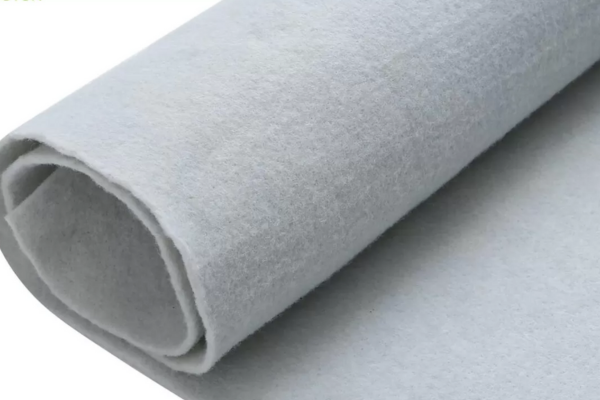
Ideal for light filtration and drainage, this fabric provides a 3.1 oz weight, perfect for basic soil separation and erosion control on landscaping and small construction projects.
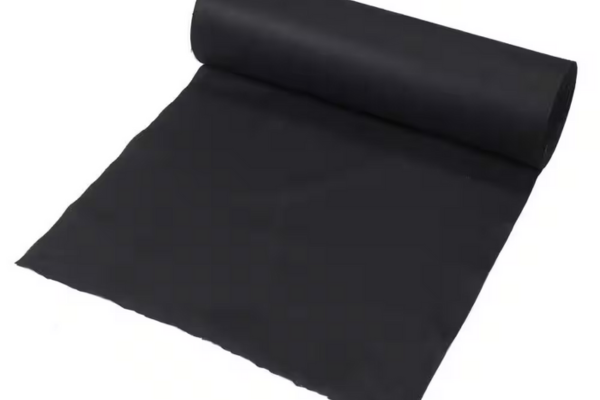
Designed for moderate drainage and separation, this 3.5 oz fabric offers enhanced durability, suitable for residential driveways, pathways, and light soil stabilization projects.

Offering a robust 4 oz weight, this fabric excels in drainage and filtration, ideal for unpaved roads, embankments, and areas requiring improved soil stabilization under moderate loads.
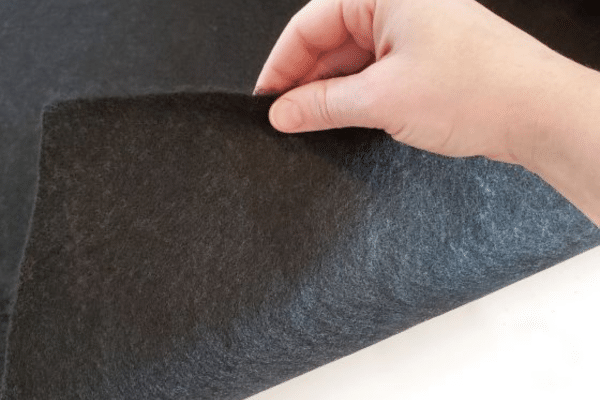
Our strongest lightweight option with a 4.5 oz weight, perfect for demanding drainage applications, erosion control, and heavy-duty landscaping or construction support projects.
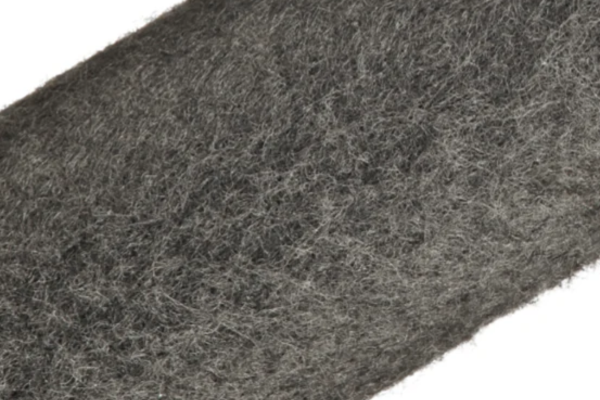
Ideal for light drainage and separation, this fabric offers a 6 oz tensile strength, perfect for basic soil stabilization and erosion control on pathways and small gardens.
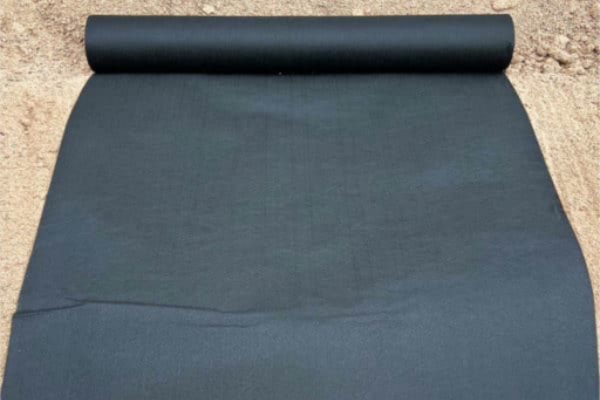
With an 8 oz tensile strength, this versatile fabric excels in moderate drainage, filtration, and soil separation for driveways and light landscaping projects, ensuring reliable performance.

Offering a robust 10 oz tensile strength, this option suits unpaved roads and moderate erosion control, providing enhanced stabilization and filtration under moderate loads.
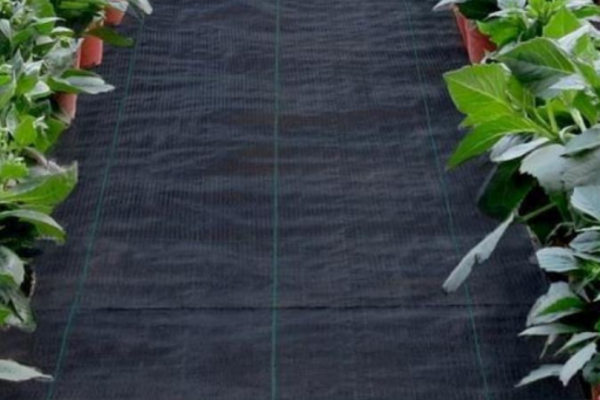
With a 12 oz tensile strength, this durable fabric is ideal for demanding drainage and separation projects, supporting embankments and heavy-duty landscaping with long-lasting results.
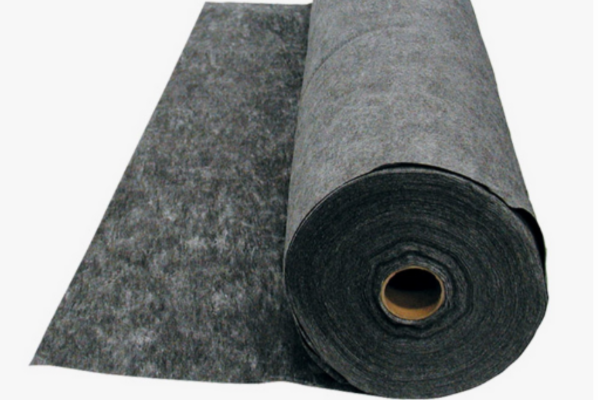
Our strongest fabric with a 16 oz tensile strength, perfect for heavy-duty erosion control, road construction, and embankment support, ensuring superior stability under extreme conditions.
| Parameter Name | Example Value | Units | Notes / Description |
|---|---|---|---|
| Tensile Strength (MD / Warp) | 80 | kN/m | Ultimate Strength in Machine Direction |
| 4650 | lbs/ft | ||
| Tensile Strength (CD / Weft) | 70 | kN/m | Ultimate Strength in Cross Direction |
| 4065 | lbs/ft | ||
| Elongation (MD / Warp) | 50 | % | % Strain at Break in Machine Direction |
| Elongation (CD / Weft) | 60 | % | % Strain at Break in Cross Direction |
| CBR Puncture Resistance | 2500 | N | Resistance to localized puncture (e.g., from aggregate) |
| 562 | lbs | ||
| Apparent Opening Size (AOS) | 0.15 | mm | Max particle size retained (e.g., Sieve No. 100) |
| 100 | Sieve No. | ||
| Permittivity | 0.7 | s⁻¹ | Water flow rate perpendicular to plane |
| Mass Per Unit Area | 200 | g/m2 | Weight of the fabric |
| 5.9 | oz/yd2 | ||
| Material Type | Polypropylene (PP) | N/A | Polymer used for the fabric |
| UV Resistance (500 hrs) | 70 | % Retained | Minimum % strength retained after standard UV exposure |
| Roll Width | 4.5 | m | Standard roll width |
| 14.8 | ft | ||
| Roll Length | 50 | m | Standard roll length |
| 164 | ft |
Superior Filtration: Ensures efficient water flow while retaining soil particles, enhancing drainage performance.
Exceptional Durability: Made from high-quality polypropylene, resistant to UV and chemical degradation for long-term use.
High Flexibility: Easily conforms to various terrains, simplifying installation in diverse project sites.
Reliable Stabilization: Provides robust soil support, reducing erosion and improving ground stability.
Cost-Effective Solutions: Offers excellent performance at competitive prices, optimizing project budgets.
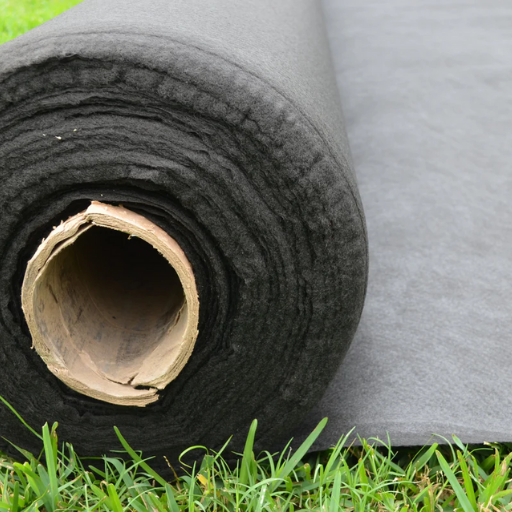
Understand from our clients what they say about doing business with us and the unique value addition we provide.


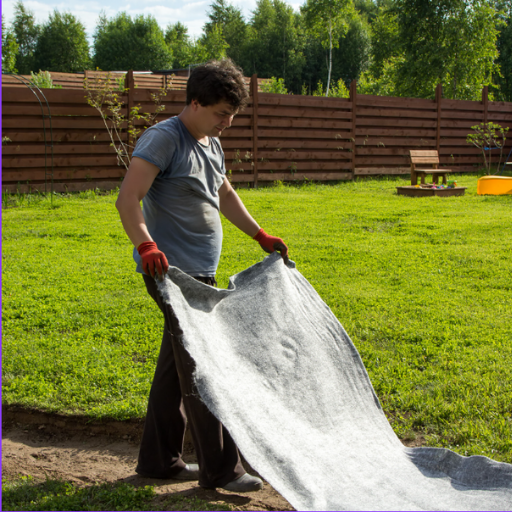
Nonwoven geotextile is a permeable synthetic fabric made from bonded or needle-punched fibers, used for filtration, drainage, and soil stabilization in construction projects.
Yes, non-woven geotextile fabric is permeable, allowing water to pass through while filtering out soil particles.
Non-woven geotextile can last 10-25 years or more, depending on environmental conditions, UV exposure, and material quality.
No, non-woven geotextile is not waterproof; it is designed to be permeable to allow water flow, not to block it completely.
It is used for drainage, erosion control, filtration, separation, and soil stabilization in roads, embankments, and landscaping projects.
The greatest advantage is its superior filtration and drainage capabilities, enhancing soil stability and project longevity.
Common types include spunbond, needle-punched, heat-bonded, and melt-blown non-woven materials, each suited to specific applications.
Maintain Inventiveness by Following The Blog for the Latest Best Practices, Techniques, Innovations, and Insights in the Field.
Considered one of a gardener’s adversaries are weeds. These unwanted plants choke off your desired plants while sucking nutrients away […]
The use of heavy equipment in construction, landscaping, and renovation projects is often impossible to avoid, but it also tends […]
Quick Overview: When choosing between HDPE and PVC geomembranes, consider that HDPE offers superior chemical resistance and longevity (30+ years), […]
Trees are essential to the environment but are often vulnerable to damage which may affect their health. Poorly damaged bark, […]
When talking sustainable solutions for erosion siltation and conservation, materials like coir and jute are the experts in green choices. […]
In construction projects, storm water runoff, and industrial sectors, managing sediment and pollutants is a top priority for environmental regulation […]
Sustainability and durability are of utmost importance in modern infrastructure development as an alternative to sustaining transport routes. Asphalt pavement […]
Gardening enthusiasts know the struggle all too well—unwanted roots creeping into garden beds, competing with prized plants for nutrients and […]
Enhance drainage and erosion control with Nonwoven Geotextiles. These versatile fabrics deliver superior filtration, adaptability, and reliable performance for landscaping, infrastructure, and drainage systems. Designed for durability, they excel in civil applications. Address soil challenges with confidence. Browse our selection or request a quote for Nonwoven Geotextiles today!
A: A nonwoven polyester geotextile is a fabric made from durable, needle-punched polyester fibers designed for strength and permeability. It is commonly used in applications like filtration, drainage, and erosion control, thanks to its resistance to wear and environmental conditions.
A: “Jual geotextile nonwoven” refers to the sale of nonwoven geotextiles, often in regions like Indonesia. These fabrics are widely used in construction for soil stabilization, separation, filtration, and erosion control, ensuring long-lasting and cost-effective solutions.
A: Yes, nonwoven fabric is ideal for French drains. It provides excellent filtration, allowing water to flow while preventing soil and sediments from clogging the drainage system, ensuring efficient and long-term performance.
A: Nonwoven geotextiles are available in various types, typically distinguished by their weight (e.g., lightweight, medium-weight, and heavyweight) and material composition, such as polyester or polypropylene. These types are selected based on specific project requirements like drainage, stabilization, or erosion control.
A: Nonwoven polyester geotextiles are highly durable, resistant to UV exposure, chemicals, and biological degradation. They are engineered to handle demanding applications, making them a reliable option for long-term infrastructure projects.
A: Nonwoven geotextiles are excellent for erosion control due to their high water permeability and ability to filter sediments. They protect soil structures and prevent surface runoff in landscaping, slope stabilization, and drainage applications.
A: When purchasing nonwoven geotextiles from suppliers, consider factors like material (e.g., polyester or polypropylene), weight, permeability, and roll size. Ensure the supplier provides quality certifications and offers products tailored to your specific application, such as French drains or erosion control.
A: Nonwoven geotextiles are used in drainage applications to filter water while preventing soil from entering drainage systems. Their high permeability and durability make them ideal for subsurface drains, French drains, and retaining walls, ensuring long-term drainage efficiency.